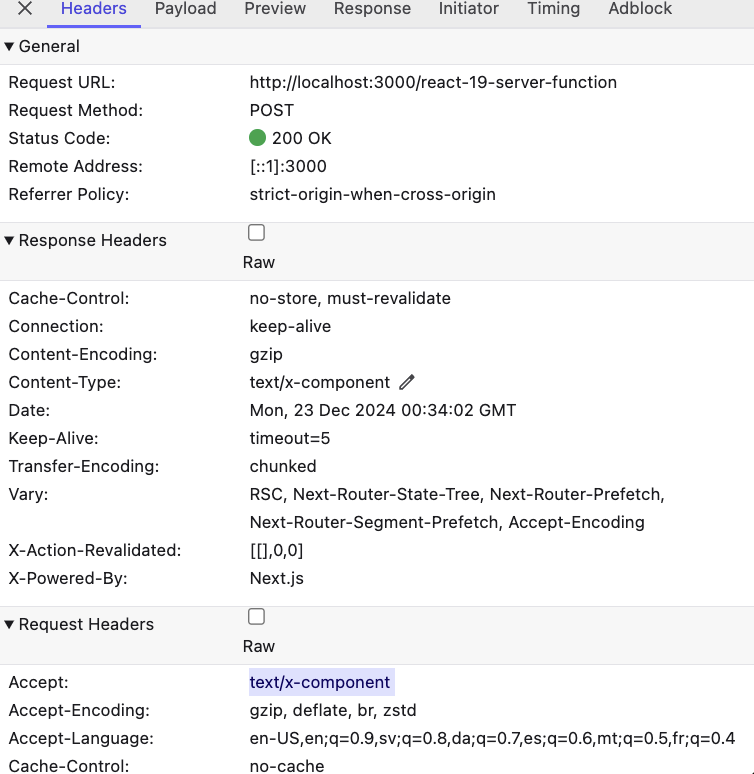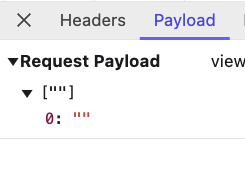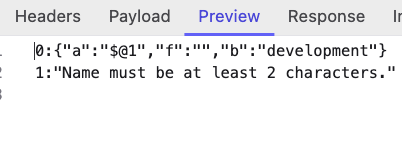React 19: Server Functions

Server Functions are functions referenced on the client but executed on the server.
Here’s an example:
'use client'
import { useActionState } from "react";
import { updateName } from "@/app/react-19-server-function/actions";
export default function Page() {
const [error, submitAction, isPending] = useActionState(
async (_previousState, formData) => {
const error = await updateName(formData.get("name") as string);
if (error) {
return error;
}
return ""
},
"",
);
return <div>
<h1>React 19: Server Functions</h1>
<fieldset>
<div>Name</div>
<form action={submitAction}>
<input type="text" name="name" />
<button type="submit" disabled={isPending}>Save</button>
</form>
<div>
{error && <p>{error}</p>}
</div>
</fieldset>
</div>
}
Check my earlier post for more details on useActionState
Notice how updateName is imported.
import { updateName } from "@/app/react-19-server-function/actions";
and passed into useActionState.
This means that whenever the form is submitted, it runs submitAction, which then calls updateName.
Now, let’s check out updateName:
"use server";
export async function updateName(name) {
if (name?.length < 2) {
return "Name must be at least 2 characters.";
}
return "";
}
It’s a very simple function that checks the length of name. If it has less than 2 characters, it returns an error; otherwise, it returns an empty string, meaning no error.
Another thing to note is the directive: "use server". This tells React the function will be executed on the server, so it creates a reference the client can use.
The UI is super straightforward and looks like this:

If the form is submitted without any value, you’ll notice a POST network request with a few interesting details:
content-type:istext/x-component.

- The payload is passed automatically, even though it’s empty.

- The response is kind of like JSON.

Links
Conclusion
Server Functions are functions that run on the server. The alternative is to manually use fetch to make a request to the backend and handle things like reading the status code and parsing the payload.
With Server Functions, you don’t need to worry about the communication part. Just create a function with the "use server" directive and import it into a client file, the framework takes care of the rest.